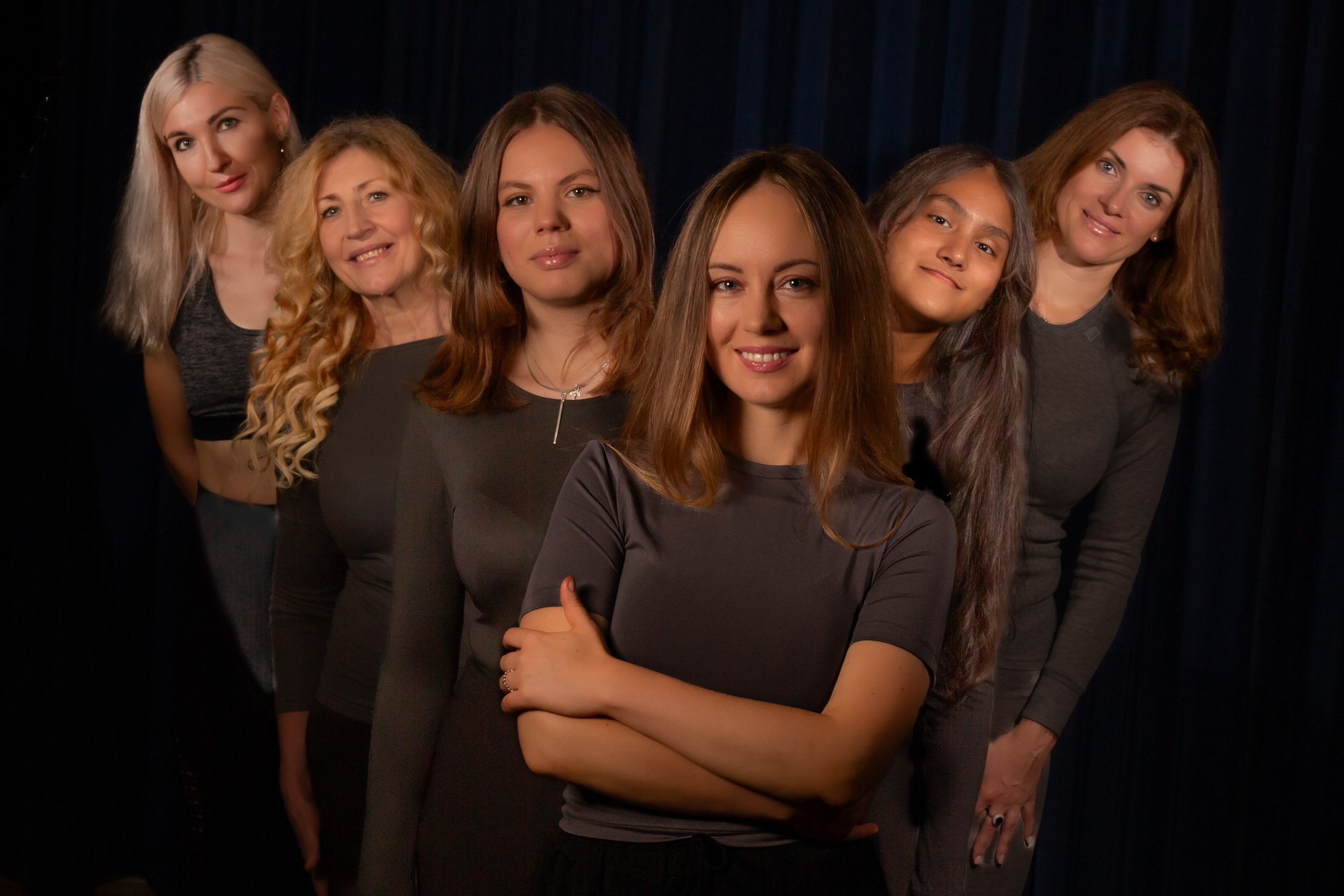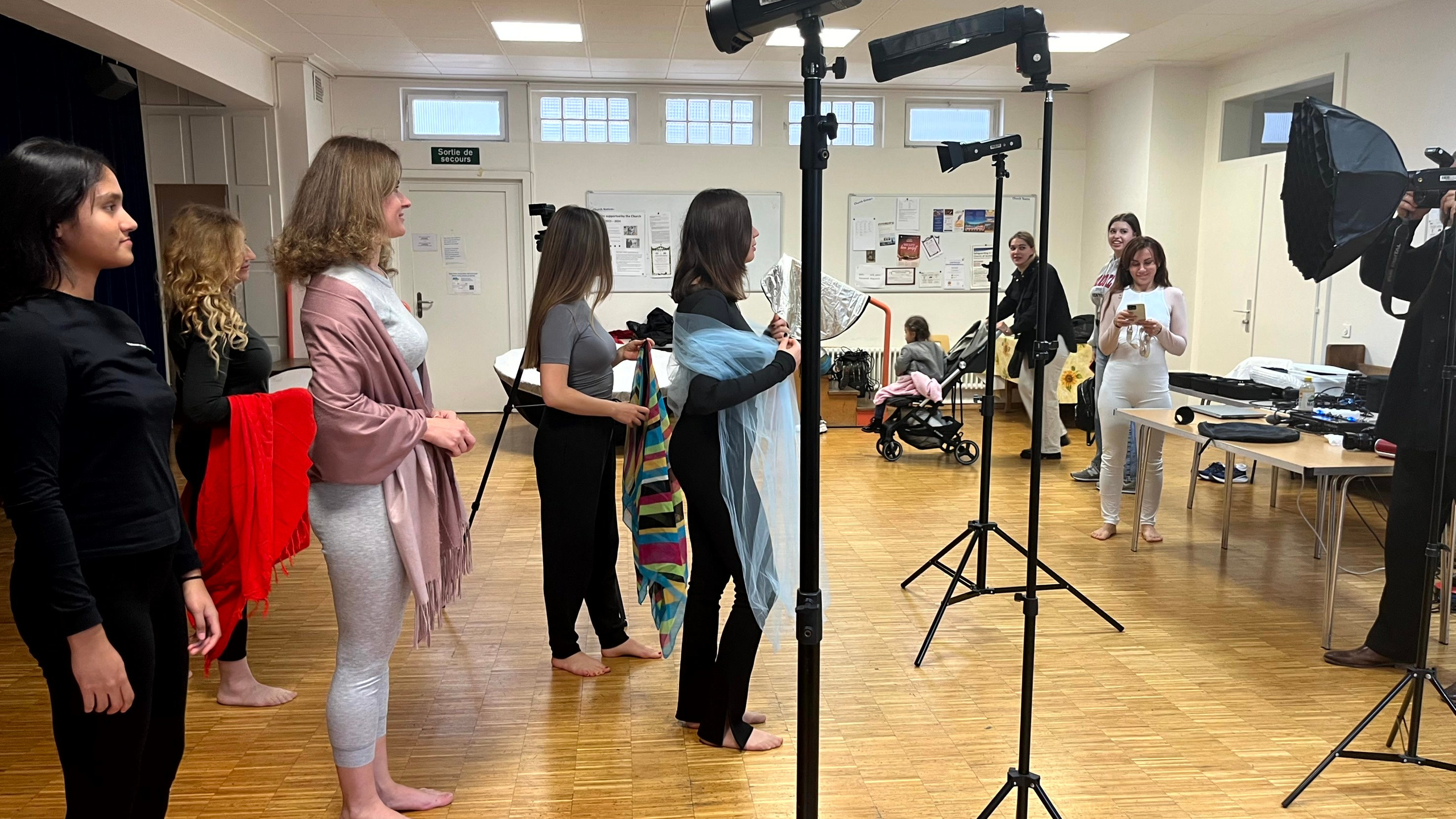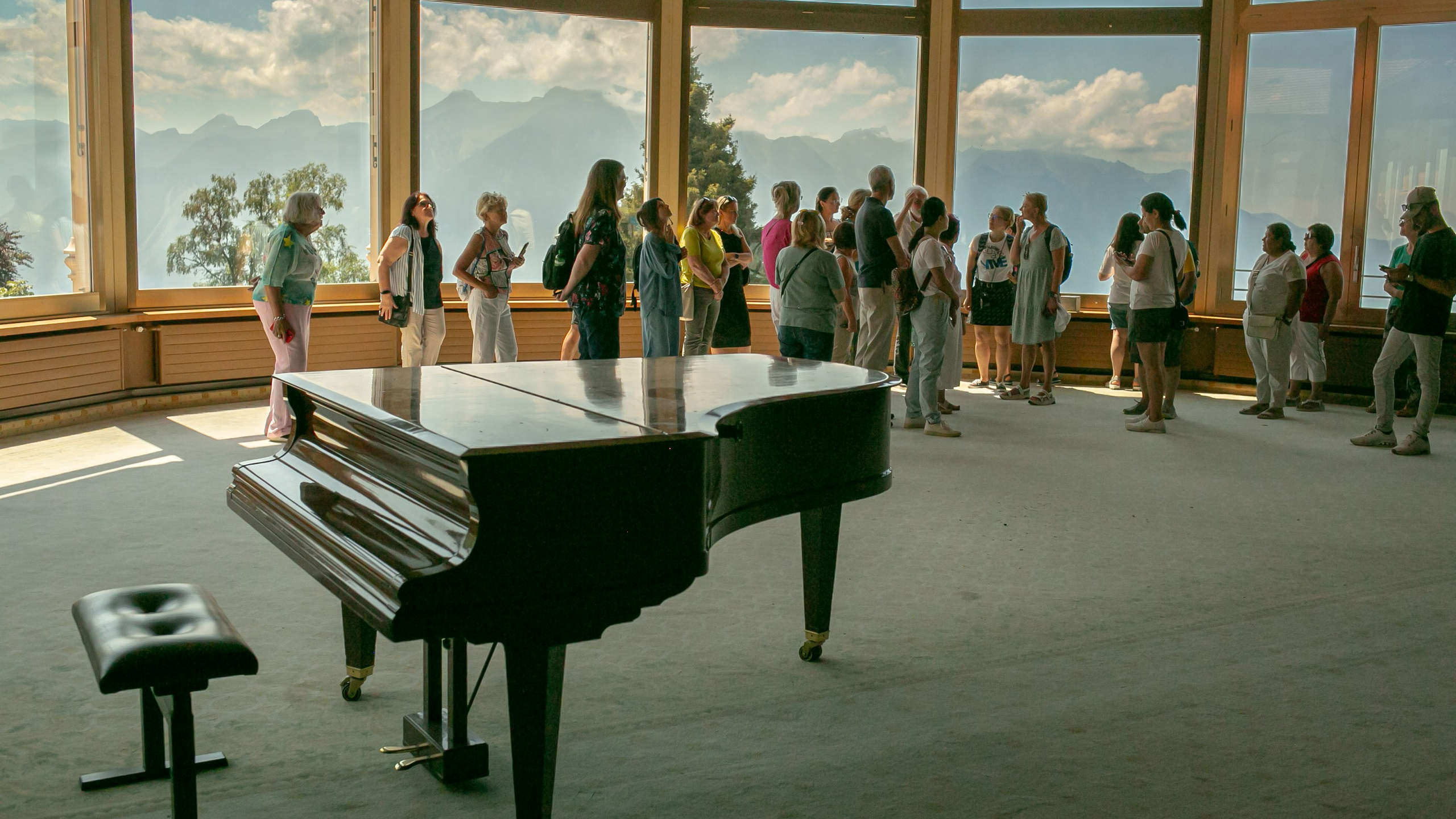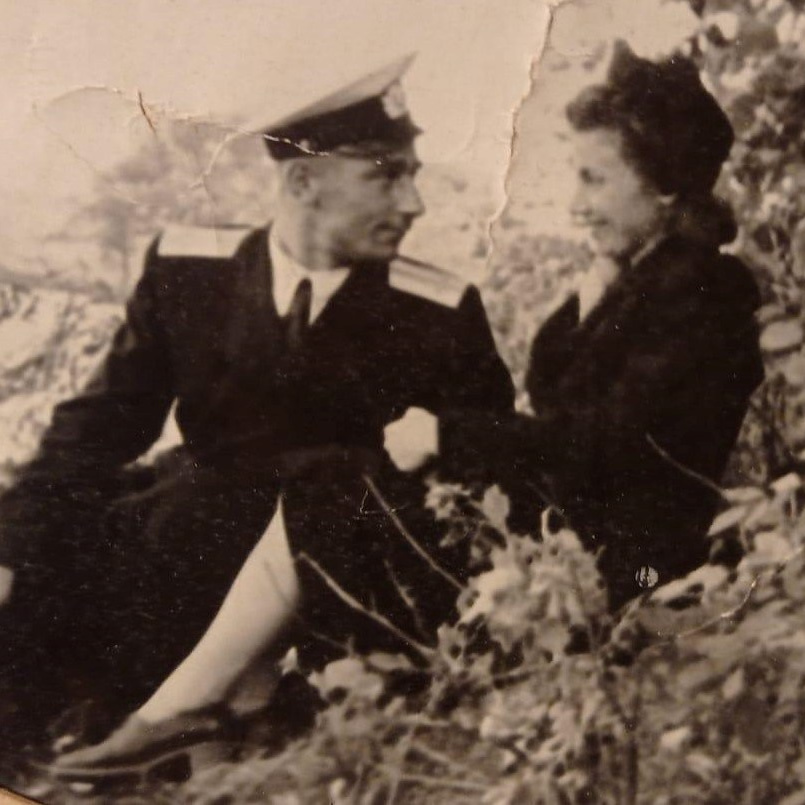
Roots
I was born in the USSR, but thanks to my parents, I still consider myself a happy person.
My father was an engineer and a natural-born teacher, with a passion for making music. But above all, he was deeply fascinated by photography.
Somehow, all of his passions made their way into my own life — music, teaching, and of course, photography.
Apparently, it runs in the family — my eldest son shares the very same combination.
So now I’m doubly happy.
My Journey in Photography
- I started my journey in black-and-white photography back in 1978.
My father owned the best photo studio in our city, and I spent countless hours there — creating photo collages, posters, and large-format portraits, some as big as 1 by 1.5 meters. Those portraits were a huge success — the waiting list for a photo shoot was over a month long.
But working with such large prints wasn’t easy. There were no trays big enough for developing, rinsing, and fixing the photos, so I had to step barefoot onto tiled floors with my hands in chemicals. That made my eczema worse and eventually kept me from taking part in photo contests and exhibitions. - Luckily, in 1980, I discovered slide film and light-and-music projection systems. That same year, I had the great fortune of becoming a friend of Sergey Zorin — a world-class light-and-music artist.
- He introduced me to the community of top photographers and audio-visual artists of that time.
- From 1986 to 1989, my international career took a surprising turn — not in photography, but in music. I recorded an original LP in Esperanto at the USSR’s only official recording studio.
That marked the beginning of a shift: photography faded into the background, while music and later language education became the main focus of my life. - It wasn’t until the rise of digital photography that I had a real chance to return to my beloved craft. But it was only in 2019 that I could do it professionally again.
- Then came February 2022. Once again, my passion was abruptly interrupted — not by illness of my own this time, but by the madness of a man who decided to bomb a neighbouring country. My country.
- Today, I’m a refugee in Switzerland. I managed to rescue my photography gear from under the bombs. More importantly, I’ve managed to preserve my love for photography — and, most of all, for people.
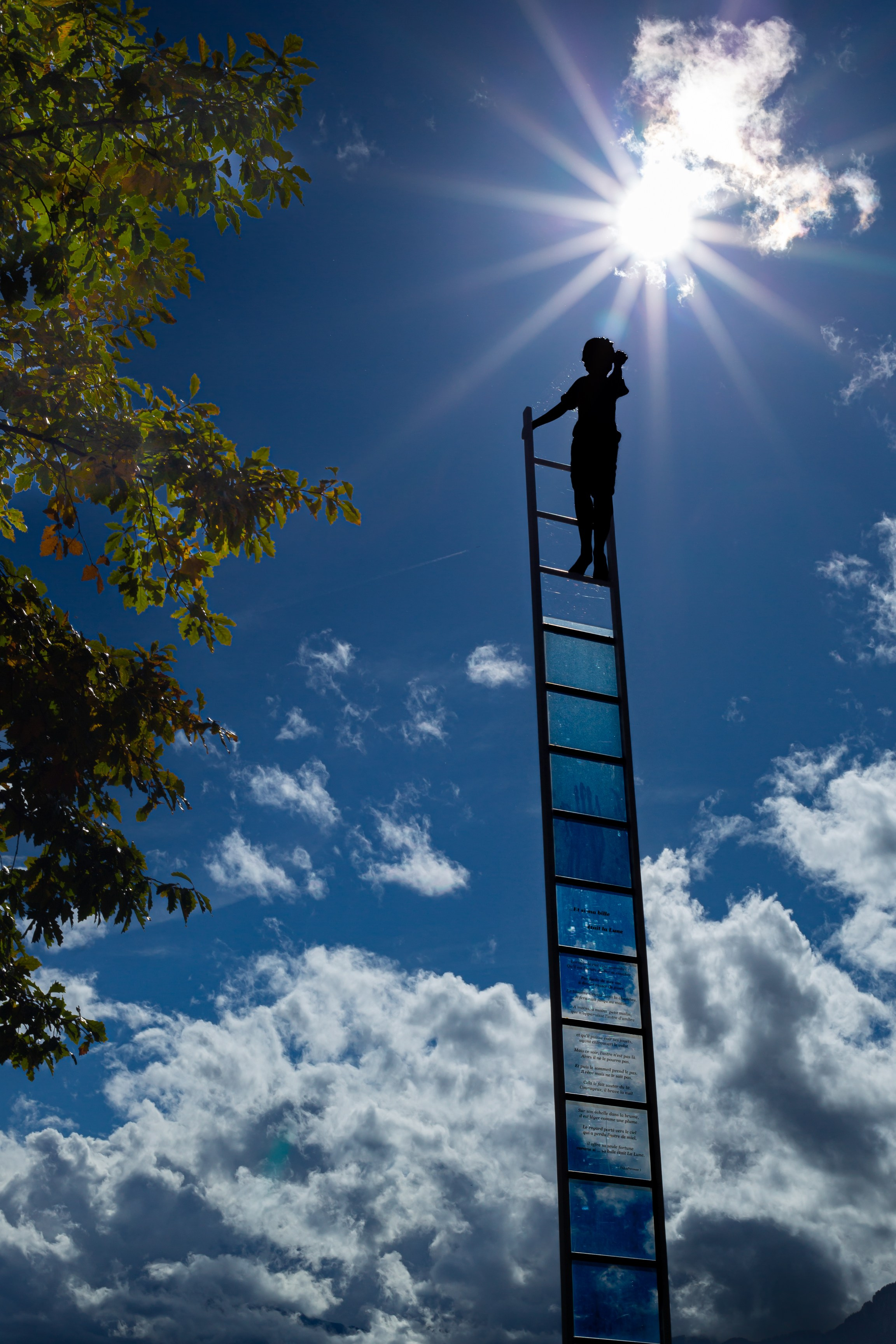

Inspiration
When I was younger, a few journalists once called me “Mister Big Inspiration.”
They even published a whole feature with that title in a regional newspaper.
Maybe that was a bit much — but I do believe that sincerity, natural connection, and a sense of inspiration are what truly help me connect with the people I photograph.
That’s what I bring to every photo session: a genuine human moment — captured with care.
My Approach to Photo Shoots
First of all, a photo shoot should be an enjoyable experience.
For everyone involved — the photographer, the assistant, the stylist, the behind-the-scenes crew, and even the bystanders.
Positive energy isn’t just uplifting — it can be healing too.
That’s why I often think of my photo sessions (and those of many of my colleagues) as a kind of photo therapy.
My Gear — or Studio in a Suitcase
My setup includes 5+ ultra-fast synchronized flashes (1/8000 sec), a legendary full-frame Canon 5D, a complete set of prime lenses, softboxes, and even portable cycloramas.
This setup allows me to freeze even the fastest dance or sports motion — or to create that iconic studio-style Hollywood lighting setup.
It’s everything you’d expect from a high-end studio — but fully mobile.
I can bring it all with me and set it up almost anywhere: in a field, an old factory, a private home, or an alpine meadow.
I also tether the camera to a laptop, so we can review shots in real time and fine-tune every detail as we go.
Locations
I shoot in all kinds of locations.
It might be a centuries-old castle, an overgrown forgotten garden, a sun-drenched waterfront in the golden hour, or quiet cobblestone streets of the old town wrapped in morning fog — even a sunset swim in the lake.
For family or boudoir sessions, a cozy home setting or a luxurious hotel suite works perfectly.
For dance or theatrical shoots, I have access to a beautiful studio space in the heart of Lausanne.
But since my studio is fully mobile, any place can become a place of photo-magic for me.
Booking & Shooting Conditions
To book a photo session, just get in touch with me using the contact info provided.
I usually confirm the date and time with each client in advance, so we can choose the perfect location and mood together.
Some of my regular clients make a small deposit to reserve their date — that’s totally optional, but appreciated.
While I love to improvise during the shoot, I’m always happy to discuss your ideas beforehand. That way, we can make the session as smooth, inspiring, and comfortable as possible.
Processing time for Photos
The processing time for photos depends on the complexity of the shoot, but I aim to provide finished work within 2-4 weeks.
Once the processing is complete, I upload the photos to an online gallery where you can view and download them.



